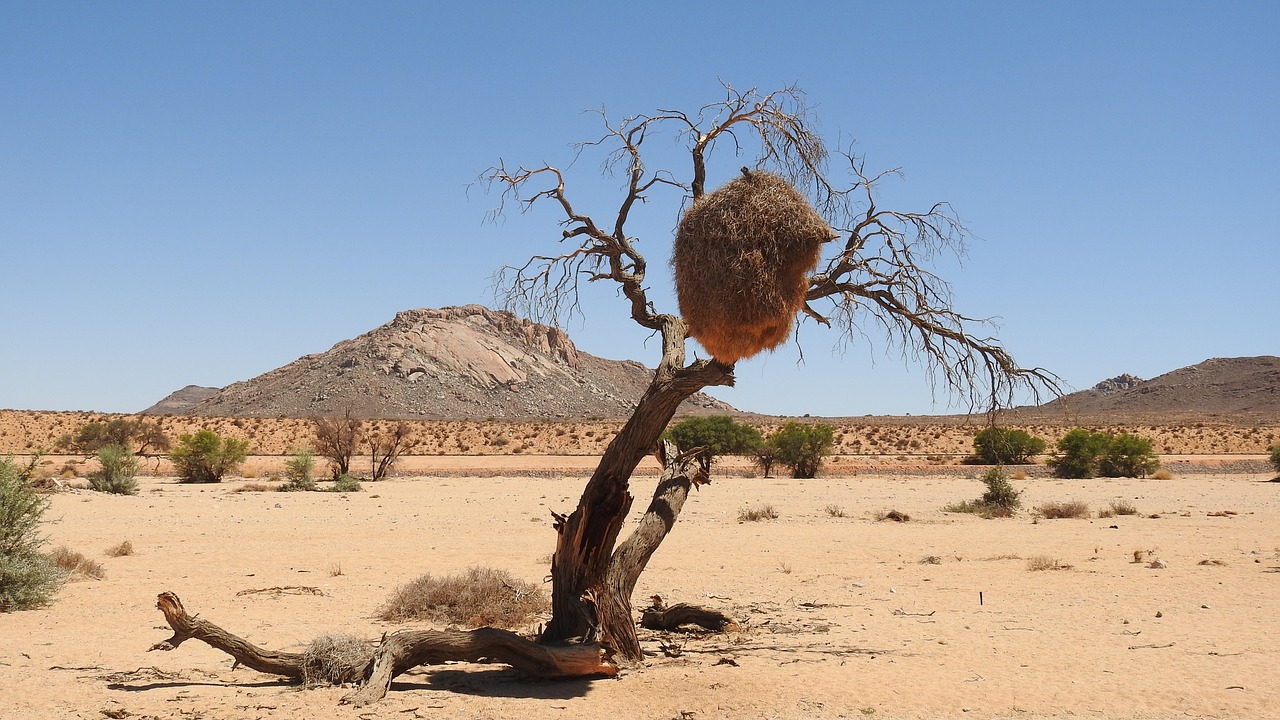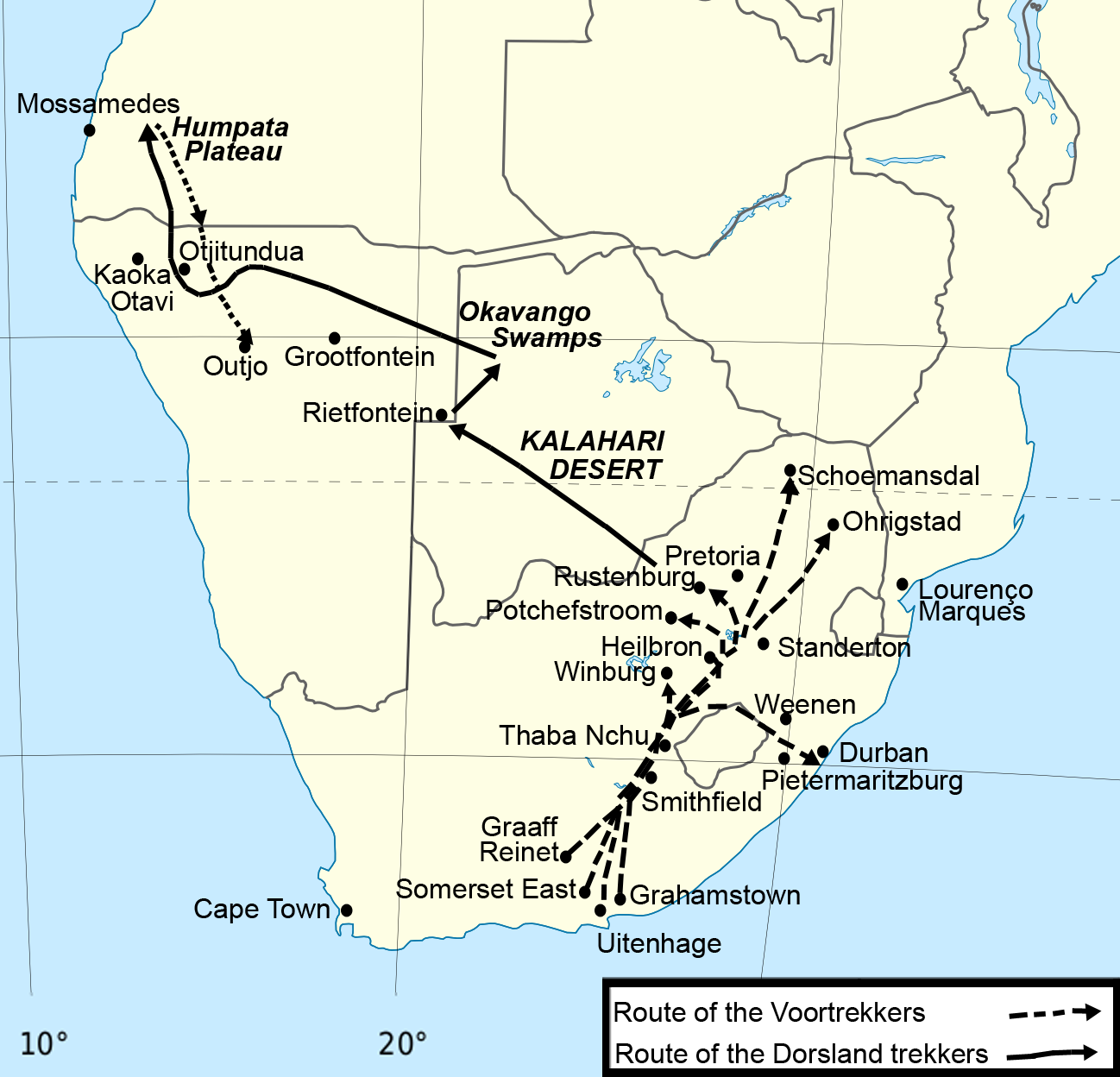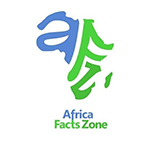10 Fun Facts About the Kalahari Desert in Botswana, Namibia and South Africa

In Southern Africa, there is a sizable sandy savannah known as the Kalahari Desert.
One of the most intriguing things to know about the Kalahari Desert is that it does not actually qualify as a desert in the traditional sense of the word since it gets between 5 and 10 inches of rain yearly.
The Kalahari, on the other hand, is known as the “thirstland” because any rain filters quickly through the immense sand dunes, leaving nothing on the surface.
The Tswana term Kgala, which means “the vast thirst,” or Kgalagadi, which means “a waterless land,” is the source of the name “Kalahari.”

There are several game reserves in the Kalahari. These consist of:
- Botswana’s Central Kalahari and neighboring Khutse Game Reserves.
2. Africa’s first Peace Park was established in 2000 as a result of the merger of the Kalahari Gemsbok National Park in South Africa and the Gemsbok National Park in Botswana.
Also Read: The San People Africa: World’s Most Ancient Race
10 Fun Facts About the Kalahari Desert in Botswana
1. How hot or cold is the Kalahari Desert?
The Kalahari Desert has extremely high summer temperatures and low winter temperatures that can dip below 0 degrees Celsius at night. This is due to the comparatively high altitude and primarily clean, dry air in the Kalahari.
2. What is the Kalahari Desert’s temperature range?
Summertime highs of 45 degrees Celsius (115 degrees Fahrenheit) and wintertime lows of – 15 degrees Celsius are both possible (seven degrees Fahrenheit).
3. What Is the Kalahari Desert’s Size?
There are about 900,000 square kilometers of the Kalahari Desert (350,000 sq mi). It is a sand-covered plain that gradually undulates, and the entire area is at least 900 meters above sea level.
4. The Kalahari Desert: Why Is It One?
One of the most unexpected things about the Kalahari Desert is that it is not, strictly speaking, a desert. It’s a sliver of a desert.
The wettest regions can get more than 500 millimeters (20 inches) of rain in very rainy years, while the driest regions get 110-200 mm (4.3-7.9 in) of rain annually.
A region is often referred to as a desert if it gets less than 10 inches (250 millimeters) of rain each year. A place where “the evaporation rate is twice as large as the precipitation” is a more appropriate description of a desert.
This is valid for the Kalahari’s southwesterly portion. Although the northern part of the region has far more rainfall and, thus, cannot be considered a desert, it is completely devoid of surface water.
This is due to the fact that rain here immediately drains through the deep sands, dehydrating the substrate.
Also Read: Okavango Delta in Botswana’ The 7th Wonder of Africa
5. Which nations are represented in the Kalahari Desert?
The majority of Botswana, the eastern third of Namibia, and the northernmost region of the Northern Cape Province in South Africa are all covered by the Kalahari Desert.
6. Where in the Kalahari Desert Can Wildlife Be Found?
The Kalahari Desert’s fauna must be able to endure the dry conditions there. The fauna is more abundant and diverse in the moist north than it is in the drier south.
Wildebeest, kudu, steenbok, springbok, and oryx are some of the wildlife that has adapted to arid environments.
Desert specialities like meerkats, bat-eared foxes, cape foxes, and brown hyenas may be found in the Kalahari.
All three of Africa’s big cats, including the renowned black-maned Kalahari lions, the leopard, and the cheetah, may be found in the Kalahari Desert, which is one of the region’s more surprising facts.
The secretary bird, Kori bustard, ostrich, and other raptors, such as the martial eagle, gigantic eagle owl, falcons, goshawks, kestrels, and kites, are among the bird species.
Huge weaver nests that are perched dangerously on telegraph wires and trees dot the countryside.
The Kalahari is home to a wide variety of reptiles, including several lizard species, puff adders, and Cape cobras.
Surprisingly, certain amphibians may also live here, including the tremolo sand frog and the bushveld rain frog. It is amazing to hear the frog chorus start as soon as it starts to rain.
Also Read: World’s Seven Natural Wonders Vs Seven Natural Wonders of Africa
World’s Seven Natural Wonders Vs Seven Natural Wonders of Africa
7. Which Types of Plants Can You Find in the Kalahari Desert?
There aren’t many huge plants or trees in the drier south-western Kalahari Desert; instead, there are sporadic shrubs that can withstand dryness and tussocks of grass.
Here are hoodia cacti, which have been utilized for thousands of years by the San people to quench their thirst and quell hunger.
Tsamma melons and gemsbok cucumbers, which are eaten by both animals and people, are two more food plants that may be found here.
With greater moisture, the middle Kalahari contains more shrubs, grasses, and sporadic trees (including various varieties of Acacia).
There are forests comprised primarily of camelthorn acacias in the wetter north and east.
The camelthorn, which is native to the Kalahari, is an essential component of the desert environment because it generates nutrients that stimulate other plants to grow around its base and offers shade for animals.
Shepherd’s tree, blackthorn, and silver cluster-leaf trees are among the other trees that may be found in this region.
8. Which Kind of Desert Is the Kalahari?
The Kalahari Desert is a large sandy savannah that is semi-arid. Even in places where the Kalahari “desert” is dry enough to meet the definition of a desert in the sense of having little precipitation, it is not a true desert because of the excessive ground cover.
9. How Do African Deserts Compare to the Kalahari?
Africa’s most southern desert is called the Kalahari. It is the second largest desert in Africa after the Sahara and the sixth largest desert on Earth in terms of area. It combines with Namibia’s Namib, a coastal desert, in the southwest.
Also Read: What’s a safari and what is a wildlife safari in Africa like nowadays?
https://africafactszone.com/whats-a-safari-and-what-is-a-wildlife-safari-in-africa-like-nowadays/
10. Africa Kalahari Desert Map
Southern Africa is home to the Kalahari Desert, which extends across a large portion of Botswana, the eastern third of Namibia, and the northernmost region of South Africa’s Northern Cape Province.

Also Read: Botswana Facts, History, Culture & Travel
Botswana Facts, History, Culture & Travel – Africa Facts Zone





